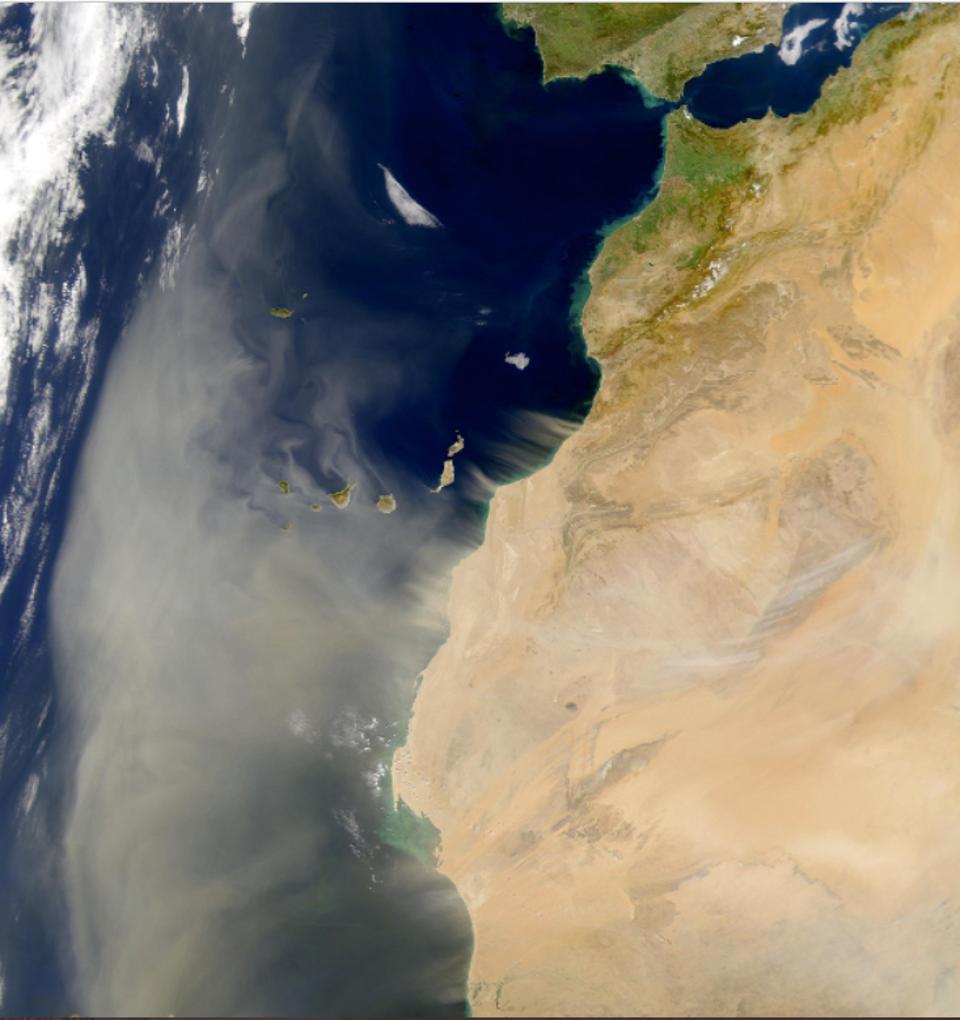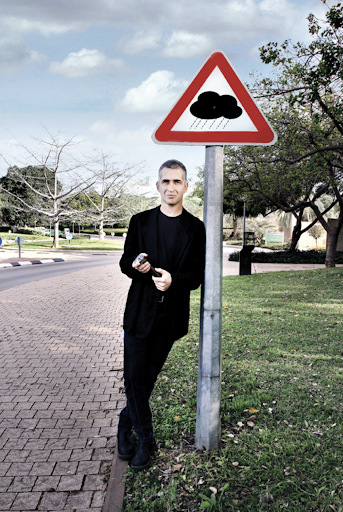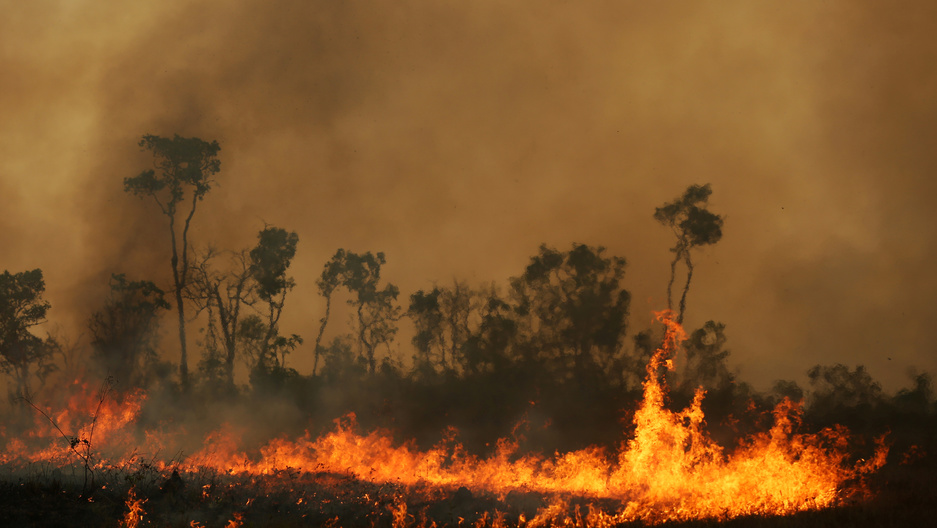The massive dust plume sweeping east from the Sahara causes problems, but also feeds the Amazon

Godzilla. Biblical. Historic. Muy malo. Even “new” (although it’s not; most people just haven’t heard of it).
This is the Saharan Air Layer – often given noms de guerre such as “African dust storm” – an approximately 5,000-mile-long, 2-mile-high plume of dust. It is a “phenomenon that develops every year off the coast of Africa,” writes Slate, “where powerful winds from thunderstorms over the Sahel can push the dust many thousands of feet up into the atmosphere.”
The 2020 dust storm been in the news recently because it is much larger than usual, “turning day into night” in some areas and warranting such grandiose descriptions as above. The plume of orange-y particulates is normally about a mile up, but this year it right on top of us and, as Vox reports, “Satellite instruments showed that the cloud was far denser with dust particles than previous events.” We typically don’t even know its happening, except perhaps for more colorful sunrises or -sets, but this year, besides being heavier, it is affecting a greater area, covering the Canary Islands, the southeastern U.S., and even the Plains and Mid-Atlantic states.

These higher levels of dust can cause health problems. The New York Times cites a Lenox Hill Hospital pulmonologist as saying that the “particulate matter of this dust cloud contains more silica, and is a hazard to those with underlying lung conditions. But even normal healthy people are subject to irritant effects.” (Wear a mask, the doctor advises – but we know that you, as a science-literate citizen, are already doing so.)
Despite this year’s health and other impacts, the annual event has some significant upsides: for example, besides the aforementioned spectacular sunups and sundowns, the Saharan Air Layer’s dryness suppresses the development of thunderstorms and clouds and, thus, hurricanes – good news, given that we’re now in hurricane season.
The most positive impact of all, though, is a healthy Amazon: the Saharan sand is chock full of minerals and other nutrients that are vital for the rain forest’s well being.
While scientists had known for some years that the dust plume fertilized the Amazon, they calculated that only about 13 million tons crossed the ocean each year. So where did the rest come from?
Weizmann’s Prof. Ilan Koren, working with colleagues from the NASA Goddard Space Flight Center, Oxford University, the University of São Paulo, and others, combined several types of satellite data and measurements to solve the mystery: more than 55% of the fertilizing dust came from a single valley in Chad called the Bodélé Depression.
The team also found that many times more dust – about 50 million tons – is lifted from Africa to the Amazon each year.
In addition, Koren and company showed that high nutrient level of the dust is due to its source: a dry lake bed full of vital minerals that were left behind as its contents evaporated; thus, “convective storms in the early summer whip the dry ground and loft particles of silica, iron, and phosphorous as high as 20,000 feet into the sky,” says Vox.

Amazingly, the Bodélé is itself 200 times smaller than the Amazon basin – and only 0.2% of the Sahara itself – so how is this relatively teeny area such a disproportionately giant producer of dust?
Koren says, “I looked at the satellite photos, and the answer was staring me in the eye”: the valley’s unique geological shape. Flanked on both sides by enormous basalt mountain ridges, it has a narrow, funnel-like opening in the northeast that serves as a sort of wind tunnel, accelerating the wind and dust as they take off on their long journey to the Amazon.
These provisions may be more essential now than ever. The jungle’s heavy rains continually wash away nutrients essential to a healthy ecosystem, and the remarkable, essential, unique forest is currently under attack by commercial interests and their slash-and-burn tactics. (As discussed in this article on NASA’s Earth Observatory site, the burning of the Amazon is another interest of Koren’s.)
In other words, despite a temporary inconvenience to us, a Godzilla-sized dust feast is just what the Amazon needs.


